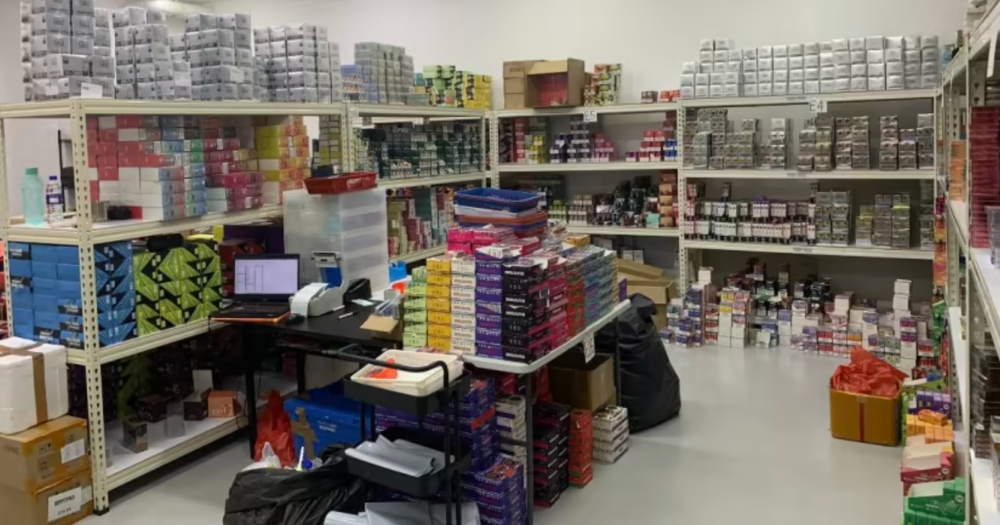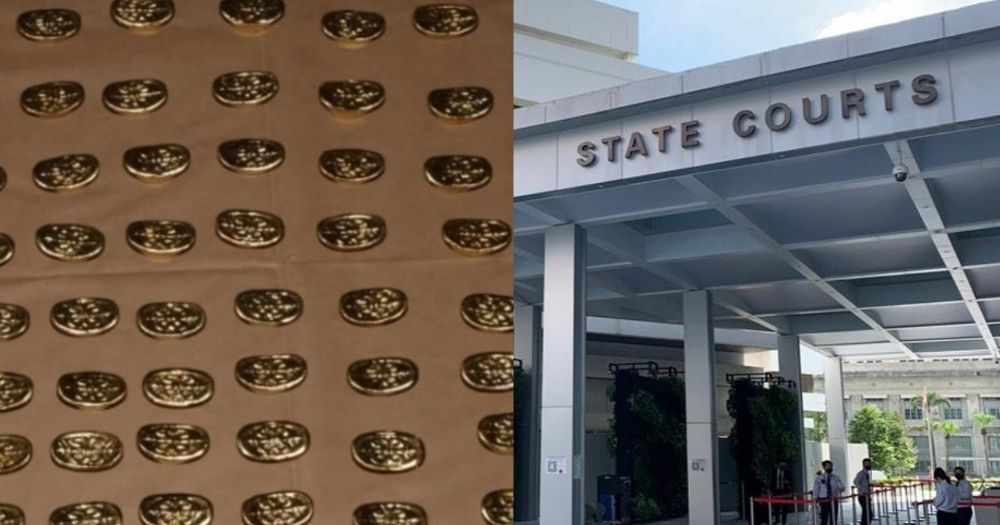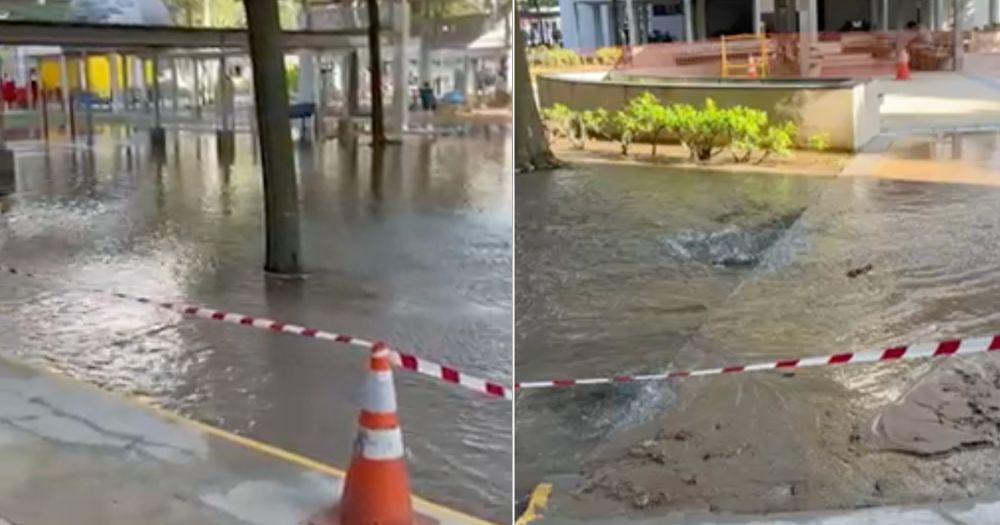Scores of mentaiko-like snail eggs seen along Lower Seletar Reservoir
The eggs belong to an invasive species.
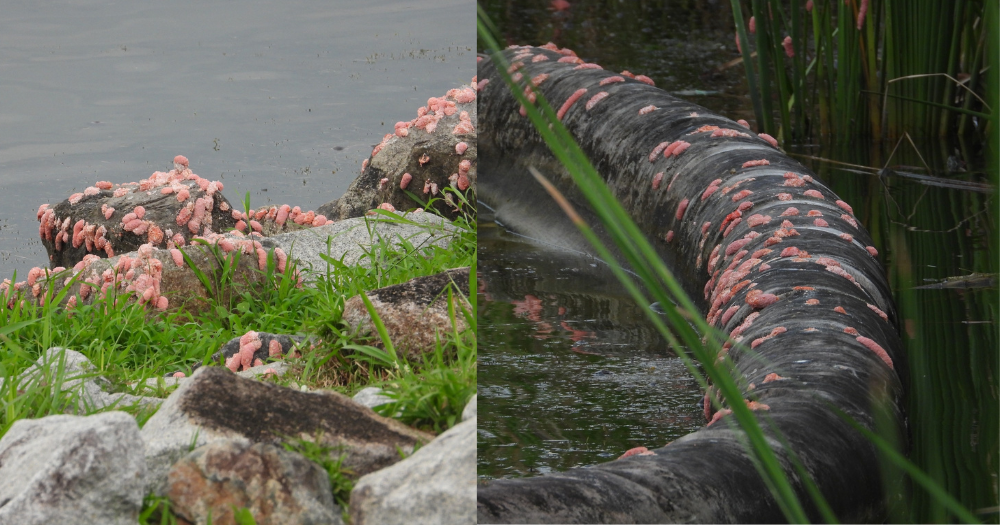
UPDATE on Oct. 10 at 10:35am: This article has been updated with a joint statement from national water agency PUB and National Parks Board (NParks)
Elsa Xu and her daughter were taking a casual stroll around Lower Seletar Reservoir when they found themselves amidst an unusual sea of pink.
These vibrant pink blobs are none other than the eggs of the invasive golden apple snail species.
In a post to the Nature Society Singapore (NSS) Facebook page on Oct. 5, Xu shared that the eggs were "scattered everywhere—along the bank, on the rocks, and even on the reeds."
The "alarming" sight spurred her to send an email to national water agency PUB to alert them to the situation.
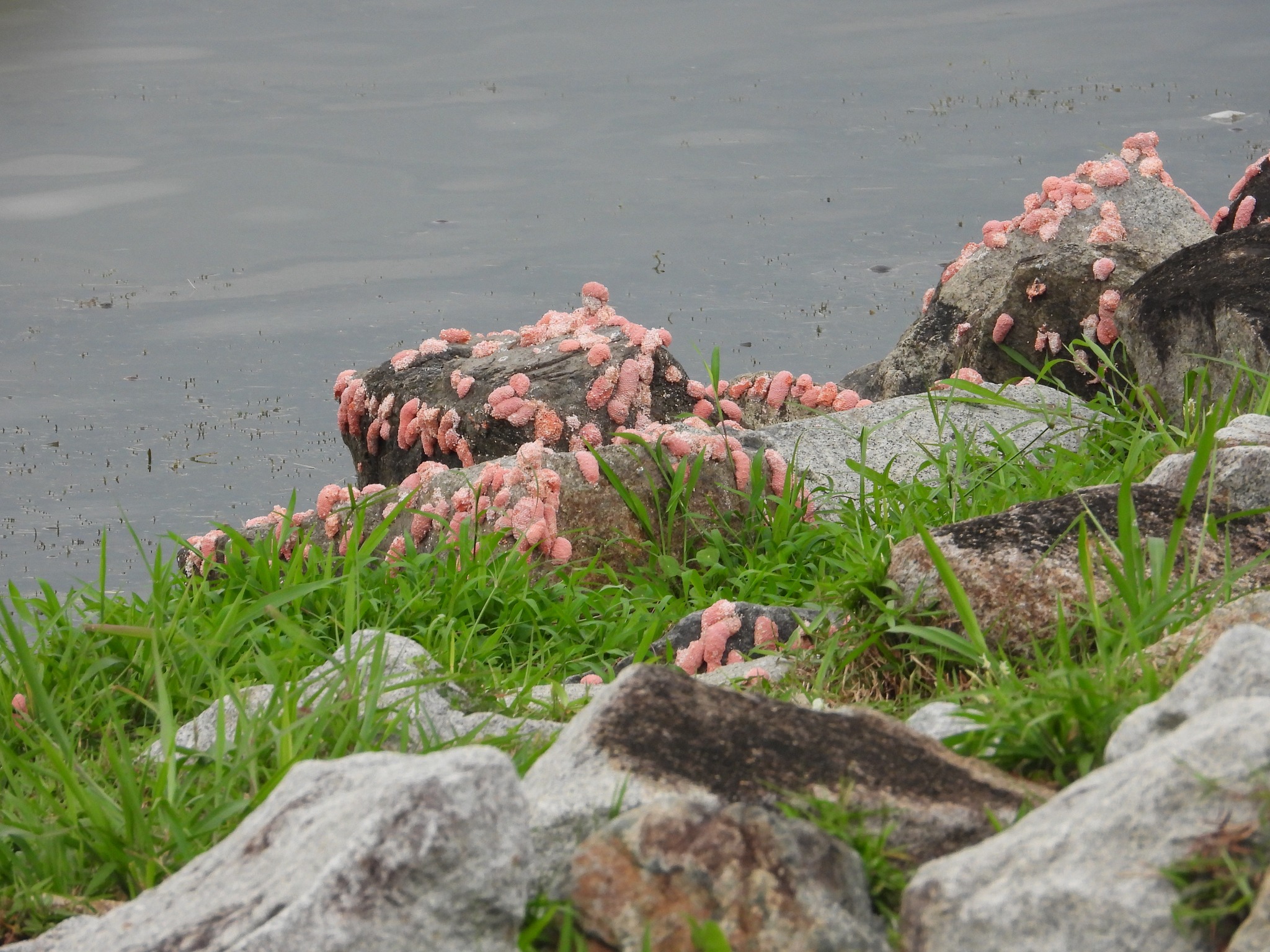 Photo from Elsa Xu/Facebook
Photo from Elsa Xu/Facebook
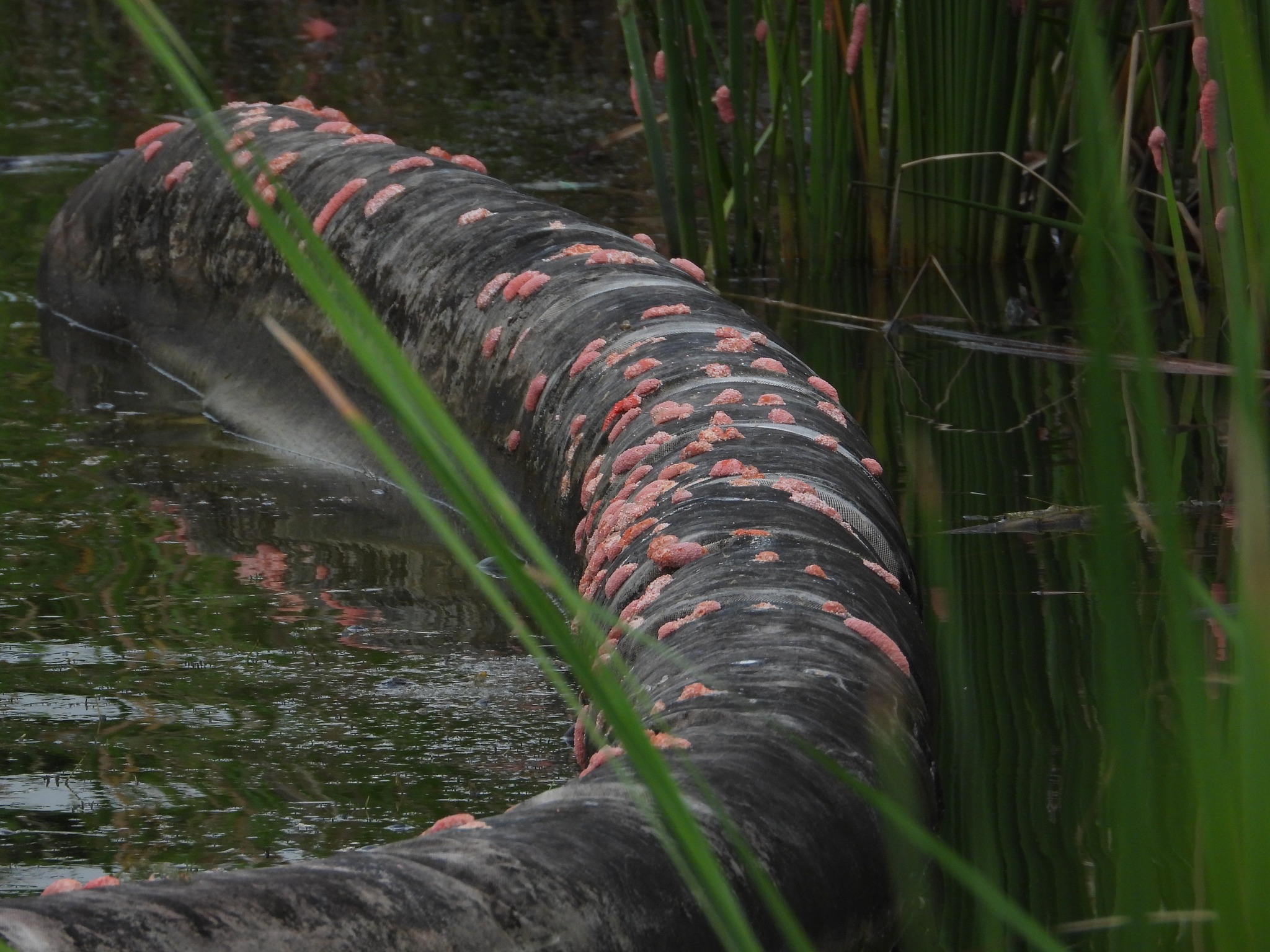 Photo from Elsa Xu/Facebook
Photo from Elsa Xu/Facebook
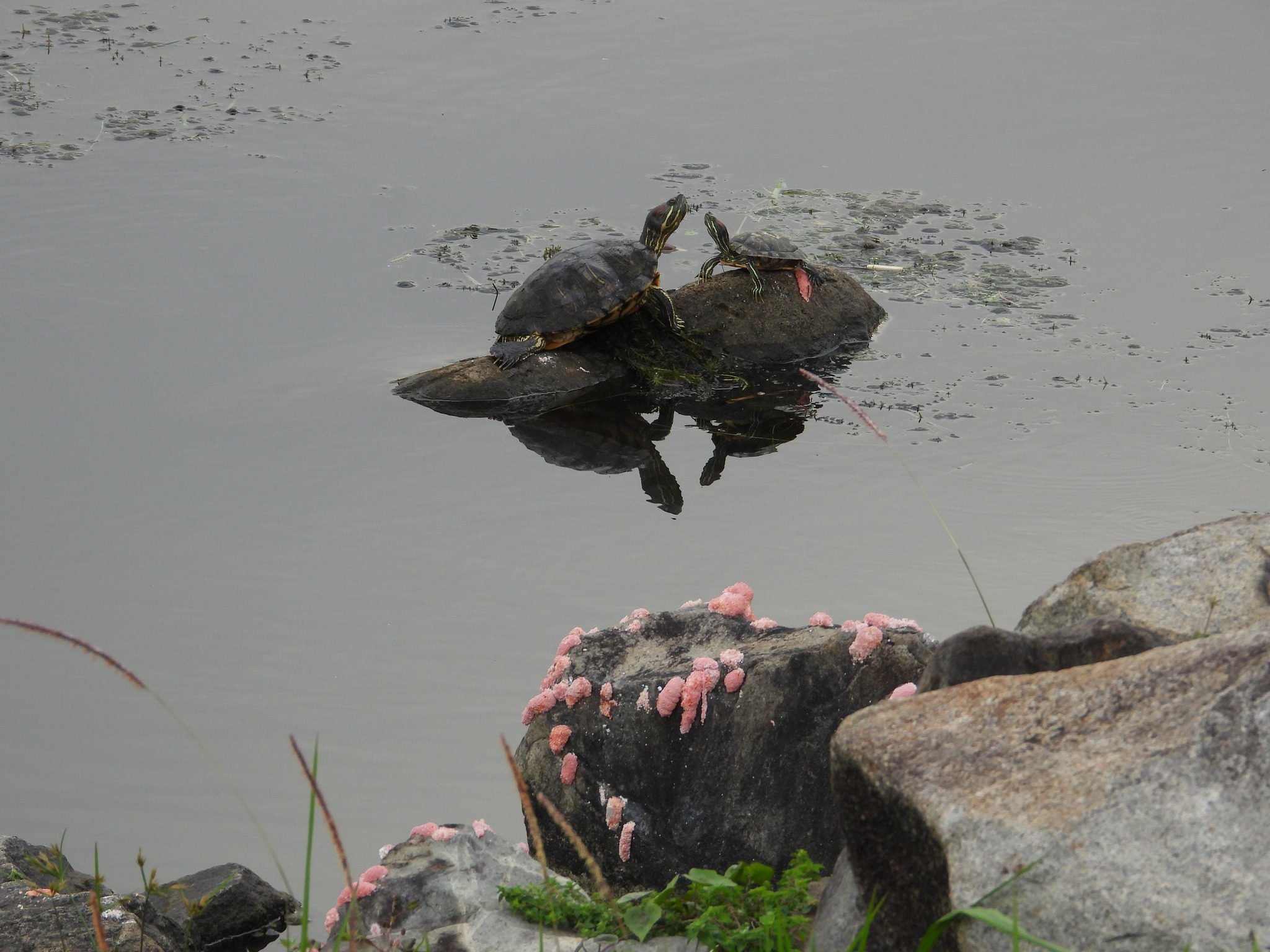
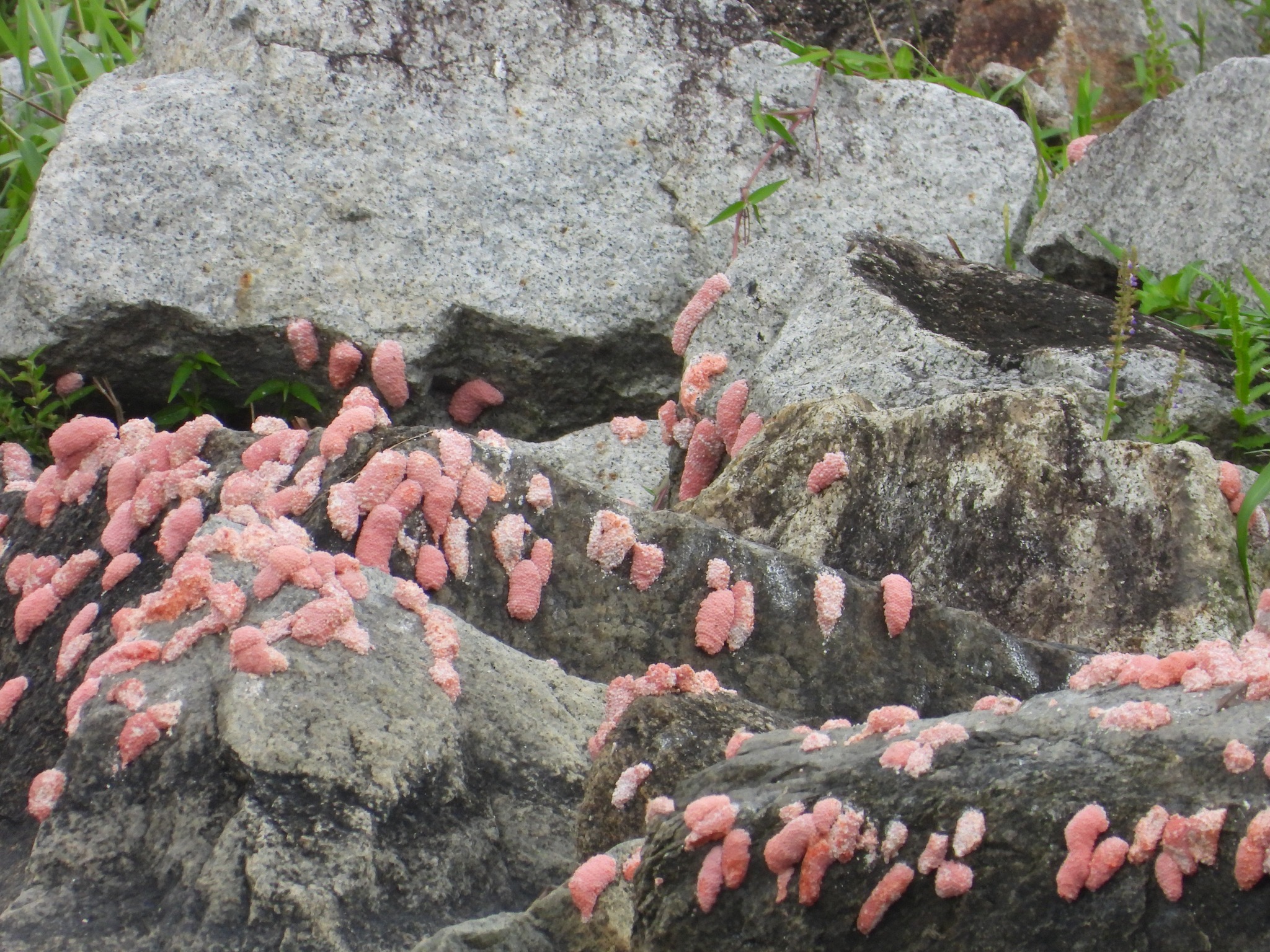 Photo from Elsa Xu/Facebook
Photo from Elsa Xu/Facebook
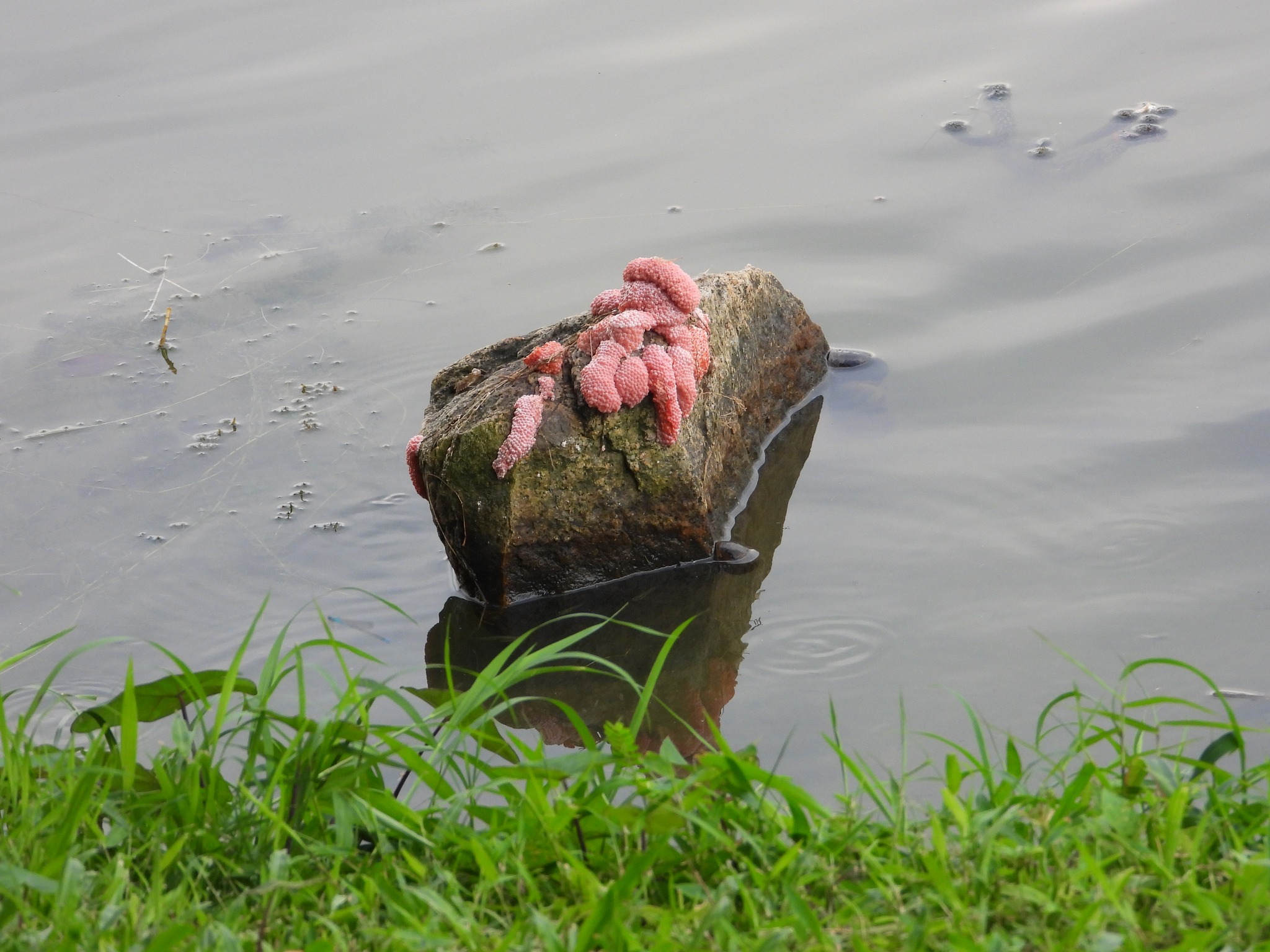 Photo from Elsa Xu/Facebook
Photo from Elsa Xu/Facebook
Xu also spotted a large bag of golden apple snail shells.
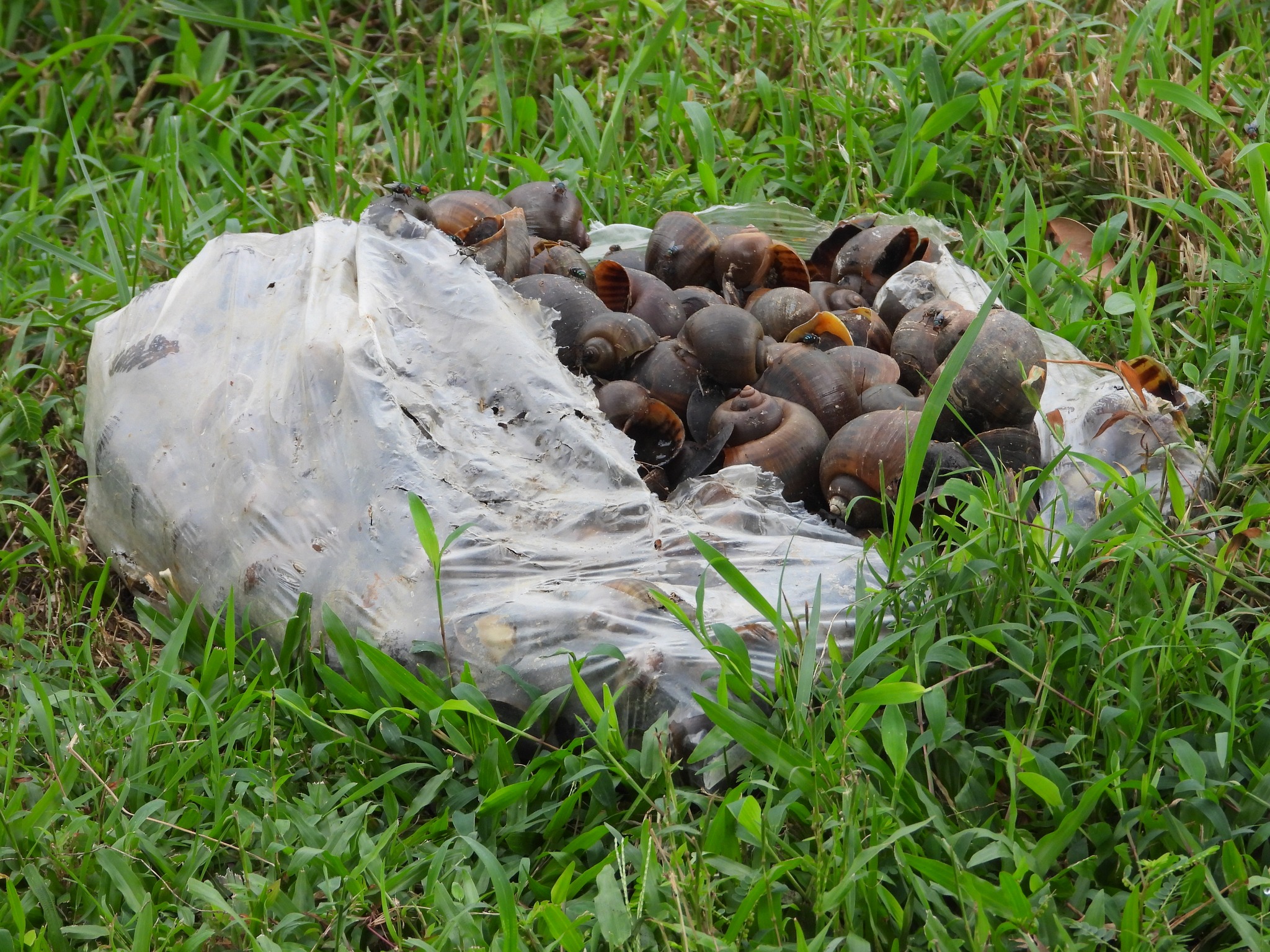 Photo from Elsa Xu/Facebook
Photo from Elsa Xu/Facebook
Many netizens were equally shocked to see the spread, with some highlighting the implications of the eggs on humans and the physical environment.
Others warned against the toxicity of the eggs, and advised against physical contact.
 Screenshot from Elsa Xu/Facebook
Screenshot from Elsa Xu/Facebook
 Screenshot from Elsa Xu/Facebook
Screenshot from Elsa Xu/Facebook
Presence of eggs does not affect water quality
The presence of golden apple snail eggs along the banks of our reservoirs is not an uncommon sight.
In a Facebook post by PUB in 2021, the agency assured that these eggs are "regularly remove[d]" as part of maintenance works.
"The snail eggs do not affect the water quality of our reservoirs", added the agency.
Update from PUB and NParks
In response to Mothership's queries, a joint statement by PUB and NParks acknowledged that it has observed an "increase in egg clusters" during its weekly routine maintenance on Oct. 4, and have ramped up its frequency of removal efforts.
PUB and NParks have also confirmed that the presence of golden apple snail eggs do not impact the water quality.
"Scientific research has shown that these Golden Apple Snail eggs contain perivitelline toxins as a defence mechanism to deter predators, posing a risk only if ingested or touched with bare hands."
In addition, the agencies noted the potential impact of invasive species on native ones, such as the rare apple snail (Pila scutata) species, and reminded against the release of animals in catchment areas and waterways for these could "upset the aquatic ecosystem" at present.
The agencies shared that the golden apple snail is mostly found in urbanised freshwater habitats, such as reservoirs, ponds and ditches.
"While these snails and their eggs are a common occurrence in modified waterbodies in Singapore, they have not been established in forest streams and freshwater swamps in our nature reserves," they said.
More on the invasive species
According to a biodiversity guide by PUB, the golden apple snail, scientifically known as Pomacea canaliculata, is up on the ranks of the world's top 100 most invasive species in the world.
What makes the population hard to control is the species' rate of reproduction.
These snails produce between hundreds and thousands of eggs at once, which hatch within two to three weeks.
Believed to out-compete native apple snails throughout Southeast Asia and in Singapore, the golden apple snails are also notorious for destroying banks due to their voracious appetite.
Related stories
Top photo from Elsa Xu/Facebook
MORE STORIES










